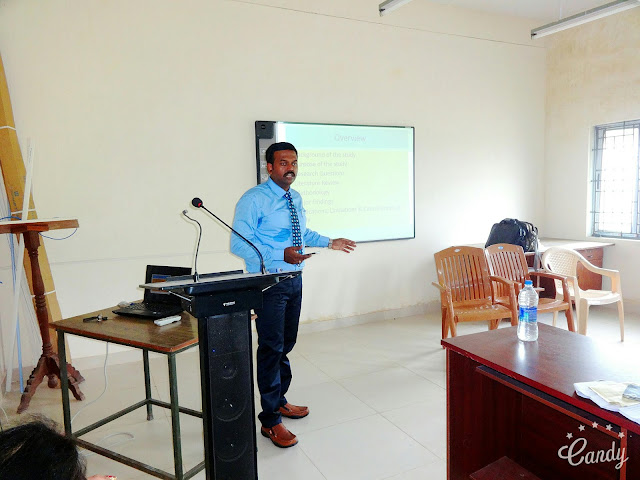According to the 2015 Chapman University Survey of American Fears, the top three personal anxieties that make us lose sleep are (1) reptiles, (2) public speaking, and (3) heights.
There’s not much Quiet Revolution can do about scary snakes and dizzying drop-offs, but when it comes to glossophobia, we are here to help with a selection of apps that focus on the different facets of making a presentation.
So, clip on that wireless mike, and be heard!
Before the curtain rises
If you need to sedate the butterflies in your stomach prior to making a presentation, Public Speaking (Android) and Confident Public Speaking (iOS and Android) may give you some relief. These apps are guided meditation and self-hypnosis programs that can help you relax and minimize the anxiety of speaking in front of crowds.
A certain number of verbal pauses are perfectly fine, but when your speech is peppered with many ummms and uhhhs, it gets distracting and annoying. Cue Ummo (iOS)! Tell the app which words you want to track, then record your speech. Ummo will generate a transcript that highlights the words you specified. Use your newfound awareness to cut back on or eliminate the rough spots.
And then there’s VirtualSpeech (iPhone and Android), a virtual reality app that allows you to use your smartphone to simulate presenting to an audience. You need a VR headset as well as the app, so the whole setup is on the pricier side, but…but…VIRTUAL REALITY, dude. For realz.
Your personal prompter
Few things are more terrifying than drawing a blank when you’re facing a room full of people. Our pioneer ancestors used primitive tools such as cue cards, paper notes, and scripts, but today we have downloadable software such as PrompsterPro (for iOS and Android), PromptSmart (for iOS), TelePrompter (for iOS), and A Prompter (for Android).
These apps convert your mobile device into a swanky teleprompter and offer a variety of features:
Audio and video recording so you can practice and critique your presentation before you deliver it and then save the actual presentation for distribution afterward
The ability to upload, download, and edit the document you read from
Adjust the font size on the display so you don’t squint (and look shifty)
Timers that will keep you on track
PromptSmart also uses voice-recognition technology that actually FOLLOWS YOUR VOICE as you speak, adapting to your pace and even stopping when you do. WIZARDRY.
Start the countdown
There’s nothing groundbreaking about timers, but that doesn’t mean they aren’t useful. It’s easy to lose track of time, and it can get really uncomfortable when the exit music starts to play and you’re gently escorted off stage.
SpeakerClock (for iOS) is similar in appearance and function to the TEDTalk timer, with REALLY BIG DIGITS that you can see from a distance.
For Android, there’s the Toastmaster Timer that uses a traffic-light system that goes from green to yellow to red as you near the end of your scheduled talk time.
Of course, the absolute BEST thing you can do to become a more proficient public speaker is to, well, speak in public as often as you can. The butterflies in your stomach will probably still flutter around, but at least they won’t feel as if they’re as big as pterodactyls!
